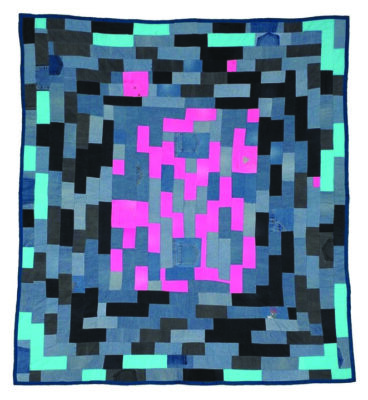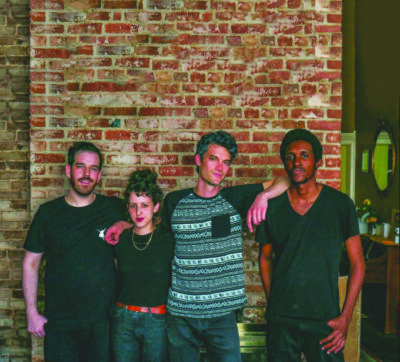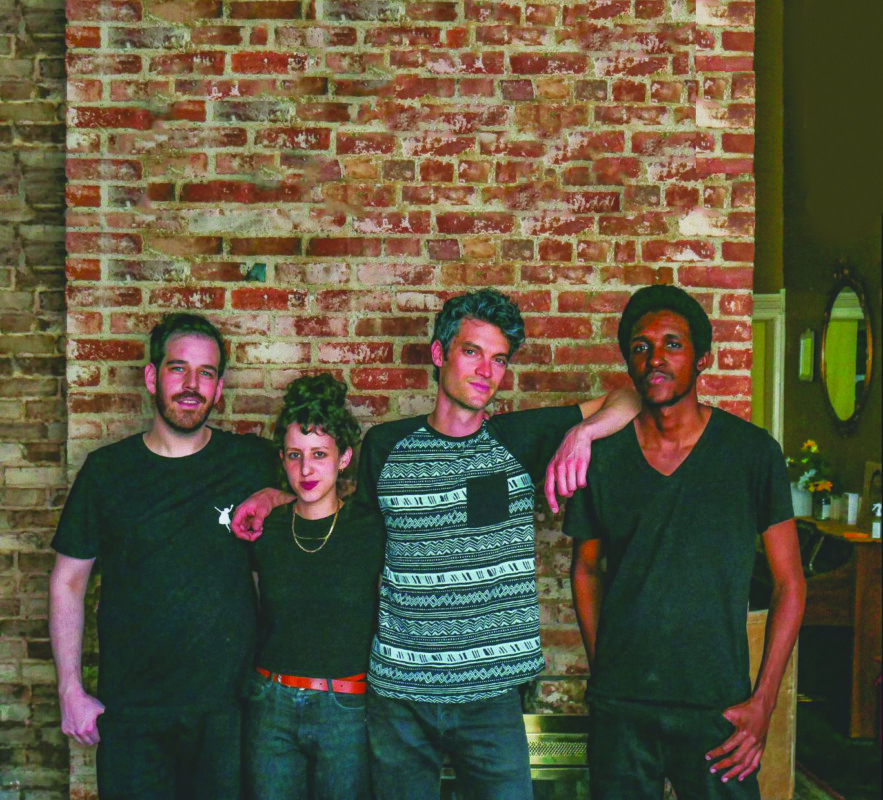A doctor discusses new surgical help for feet
Dr. Drew Taft, a foot and ankle specialist in Derry, has adopted a new, innovative surgical procedure to correct bunions, a painful bone deformity of the foot. Taft discussed how the procedure, called Lapiplasty, works and the advantages it has over older procedures.
What is Lapiplasty?
Lapiplasty is a procedure that is used to address and fix bunion deformity, both large and small. Generally, a bunion is something that happens as a result of faulty mechanics — people inherit a particular foot type that creates hypermobility or hyper flexibility in the midfoot. That’s what allows bones to become out of place and misaligned, and that’s what allows the bunion to form. What this procedure does is it targets that point of deformity and corrects it by fusing the joint where the deformity comes from. When you fuse the joints, you’re now removing all the instability and the hypermobility. … It’s performed as an outpatient procedure — it does not require admission to a hospital — and generally takes about 60 to 90 minutes. You go home the same day. It’s a really nice in-and-out kind of thing.
How does Lapiplasty differ from other procedures?
There are a few types of procedures. There are head procedures, where you’re correcting the bunion from almost right at the level of the bunion itself; there are midshaft procedures, where you’re correcting a bunion through the middle of the metatarsal; and then you have your base procedures, where you’re correcting the deformity more from the base of the bone where the hypermobility is, and that’s what Lapiplasty is. The problem with head procedures and midshaft procedures is that you may be able to reduce the deformity, but you’re not necessarily addressing the underlying issue and the underlying source of the deformity, and that’s why there’s a higher rate of recurrence with those methods. … The biggest attraction for Lapiplasty is that it’s really focusing on the apex of the deformity, where the deformity of the bunion comes from. That creates a nice stable correction, and it significantly lowers the risk of the deformity coming back, especially compared to the more traditional bunion corrective procedures.
Why did you decide to start offering Lapiplasty?
Even before I started doing Lapiplasty, I was doing base procedures a lot because I believed in what these procedures were doing. I was able to correct significant deformities and get good long-term outcomes. Lapiplasty is basically just an innovative way of performing the procedure. We’re using tools and guides that really make the whole corrective process more streamlined and more predictable. It just fell into what my current philosophy and treatment protocol was for fixing bunions, and it just made it easier.
What drew you to focus on this particular ailment?
A bunion is a painful deformity and a very common one to form, we’re finding. We see and deal with a lot of these. A procedure that is predictable and works well allows patients to get back to their lifestyle and return to the quality of life that they want, so that’s what led me down the path with these procedures.
What are some reasons people don’t seek treatment?
One of the biggest reasons is the recovery. Because it’s a foot procedure, it requires some downtime. Having to carve out time from our busy schedules and busy lives to recover is a challenge, especially if you’re dealing with your right foot, which is your driving side — that’s a game-changer for some people because they just can’t or don’t have the ability to rely on others for the length of time that’s required. I think people also fear the pain that comes with a bunion procedure, although that’s kind of a misnomer. You hear horror stories about painful bunion corrective procedures, but as long as patients do what they’re told and take medications as instructed, it’s a very manageable post-operative recovery.
How long have you been performing this procedure? Do you know how your patients are doing now?
I performed my first one a little over a year ago. Everyone I’ve seen post-op seems to be doing very well. I’ve had patients who had one [foot] done and signed up to get the other one done.
Featured photo: Dr. Drew Taft. Courtesy photo.



























